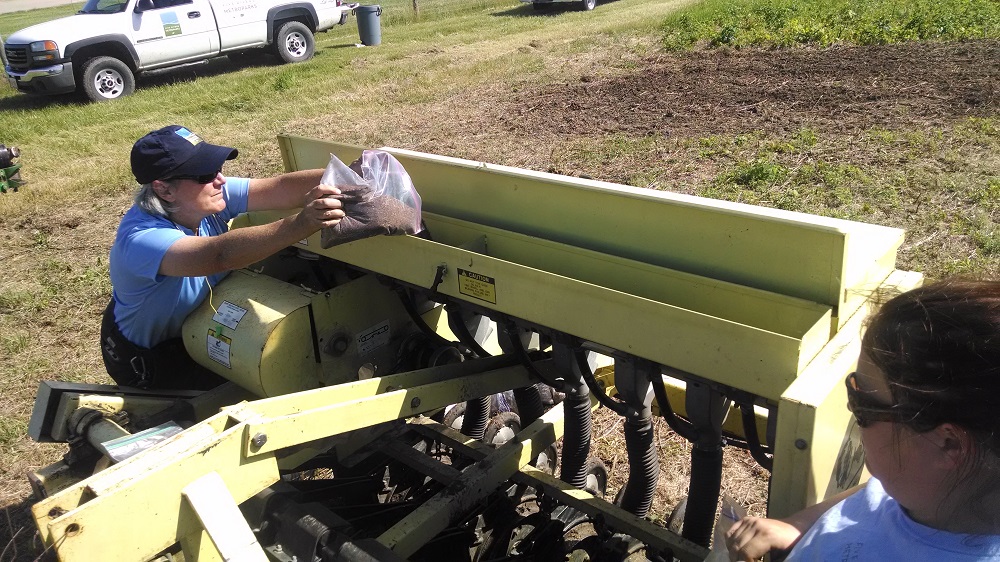Published May 24, 2024
Ecotalks for May 23, 2024: Sam Urquidez, David Goldstein
Pollinators and Perceptions in Urban Agriculture by Sam Urquidez, University of Dayton
Pollinators are essential to agriculture and with the increase in urban farming, there is great concern regarding insect pollinators in urban spaces. While there has been extensive literature looking at bee abundance and biodiversity in urban environments, there has been little research studying the efficacy of currently utilized pollinator recruitment practices in urban agricultural systems. In Dayton, Ohio, and the surrounding area 18 urban and peri-urban agricultural sites were sampled for insect pollinator activity to better understand the effectiveness of pollinator recruitment strategies. In addition to traditional methods of looking at pollinator activity, an important component of this research was a sociological study that looks at the farmers and how their efforts may affect the pollinator activity observed on their agricultural plots. Collaborating with community partners, this study aims to understand the most effective pollinator recruitment strategies in an urban environment and how people’s perceptions can impact pollinator communities.
Sam Urquidez is a current master’s student at the University of Dayton graduating in August 2024. In her free time, she enjoys spending time outside with her dog and looking at bugs. Sam graduated in 2020 from the University of Arizona with a degree in veterinary science and a minor in ecology and evolutionary biology. She has prior experience working with sports fish management and aquatic invasive species for several state agencies, in addition to teaching high school. Currently, her work looks at the human impact on pollinator communities in urban agriculture throughout the greater Dayton area.
Body Temperature Regulation in Dragonflies by Dr. David Goldstein, Wright State University
Dragonfly season in southwest Ohio extends from about April through November, with a peak in mid-summer, and so these aerial predators need to be active during weather ranging from cool to hot. But dragonfly biology–flight, digestion, and other processes–functions best within a relatively narrow range of body temperatures. Dragonflies use a variety of strategies, including behavior and physiology, to achieve those preferred body temperatures. Common local species provide good examples of how dragonflies stay warm in the cold, and cool in the heat.
David Goldstein retired in 2020 after nearly 35 years as a faculty member in the Department of Biological Sciences at Wright State University. His research during those years focused on the physiological adaptations of animals that allow them to survive in variable and extreme environments. He now spends considerable time enjoying local natural lands and biodiversity–including dragonflies.





